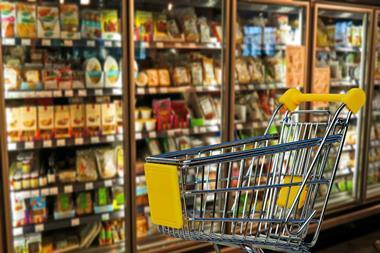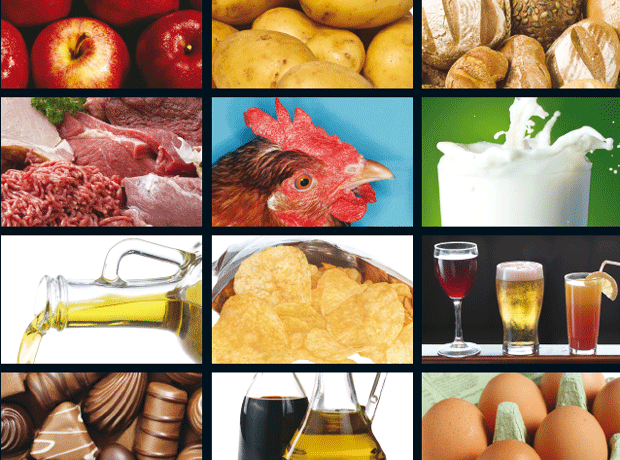Like-for-like food sales increased by 2.6% during the three months to December, while total sales exceeded the 12-month average, according to the latest BRC–KPMG sales monitor.
Total food sales increased by 4.2% over the same period, which helped overall UK retail sales increase by 1.4% in December compared with the previous year - consistent with the three-month and 12-month averages of 1.1% and 1.5% respectively. Like-for-like total retail sales grew by 0.6%.
However, during the three months to December, total sales of non-food items declined 3.7%, the biggest drop since records began in December 2012.
British Retail Consortium chief executive Helen Dickinson said: “There was both light and dark in this year’s Christmas trading period. Growth in spending was in line with the, albeit modest, average for the year. However, the divergence between growth in sales of food and non-food has never been so stark.
“With inflation outpacing income growth, shoppers continued to see more of their spending power absorbed by essential items, including food, leaving less left over for buying Christmas gifts. That made this year’s festive period all the more nail-biting for non-food retailers, many of whom offered deep discounts in the last weeks before Christmas in the hope of something to celebrate at the end of a year, which has seen, on average, zero growth in non-food sales. These promotions came as a welcome relief for stretched households, although the late lift in sales came at the expense of margins for many retailers.”
KPMG head of retail Paul Martin added: “Grocers benefitted from festive feasts, but growth elsewhere on the high street was otherwise rather muted for the time of year. In contrast, all online categories grew, with health and beauty, shoes and clothes proving particularly popular. This all comes ahead of customer returns of course, but nevertheless December’s cold weather appeared to contribute to a fashion frenzy.
“2017 presented retailers with a cocktail of geopolitical and economic uncertainty, on-going margin pressures and the structural changes driven by technology and changing consumer behaviour. In a market that will at best see stagnant growth in 2018, gaining market share will be a primary focus. That will entail understanding your customers fully – including where, when and how they want to shop.”
IGD chief executive Joanne Denney-Finch said: “Food and grocery sales enjoyed another record breaking week in the run up to Christmas Day and the last time we saw a noticeably stronger year-on-year uplift in December was six years ago. This rounds off a steady and consistent year for the sector, despite growth coming mainly from inflation rather than volume increases.
“Looking ahead, shoppers are split about what lies in store for 2018. Nearly a quarter (24 per cent) expect to be better off, 28 per cent worse off and the rest to remain largely unchanged. Caution looks set to prevail.”


















No comments yet